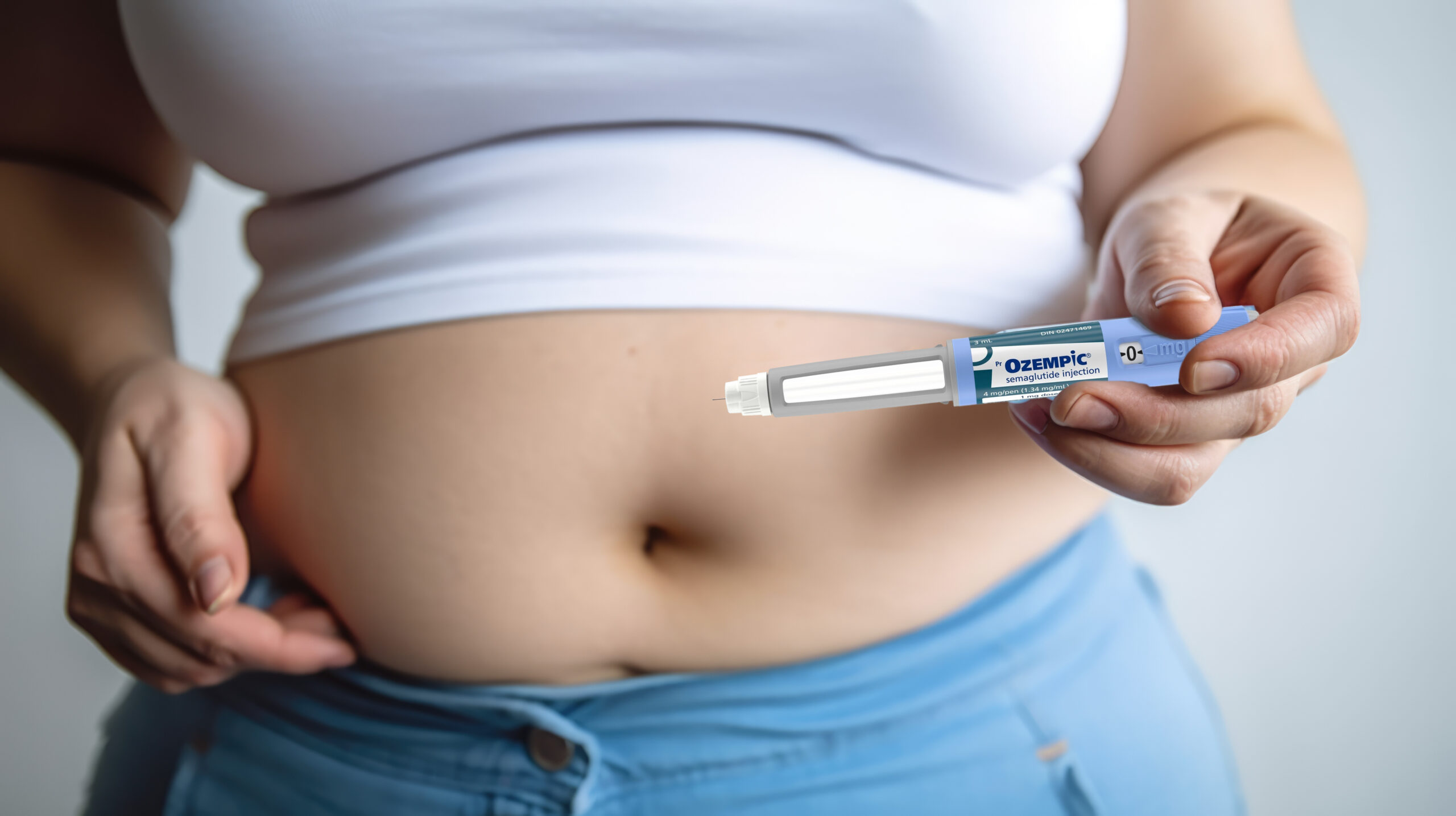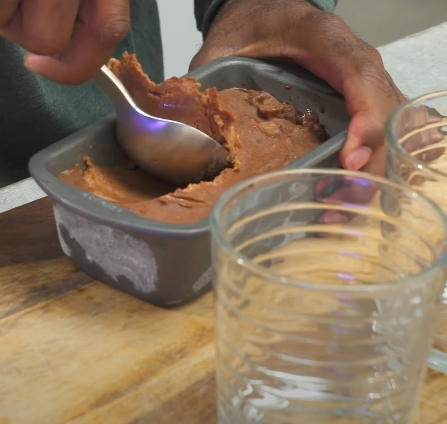Researchers from the Department of Internal Medicine, University of Heidelberg, Germany, report in the September issue of the online, peer-reviewed journal Nutrients, an association between vitamin D status and the severity/mortality of COVID-19 – which, they say, highlights the need for interventional studies on vitamin D supplementation in SARS-CoV-2 infected individuals.
The study – Vitamin D Deficiency and Outcome of COVID-19 – said the clinical features of this SARS coronavirus can vary from those people, who present with no symptoms, to those people with upper respiratory tract symptoms, and patients with severe lung injury – yielding inflammation, multiorgan failure, and a fatal outcome.
At present, there is no causal treatment for COVID-19, according to the study. Age, male gender, and underlying comorbidities, such as obesity, type 2 diabetes, cardiovascular and lung disease, have been associated with a severe COVID outcome.
The patient population of this investigational study included 185, “consecutive symptomatic SARS-CoV-2-positive patients admitted to the Medical University Hospital Heidelberg, who were enrolled onto a prospective, non-interventional register. Included in the analysis were patients diagnosed and treated between 18 March and 18 June 2020, who had consented to study participation and had serum samples available for analysis.”
The Germans point to a controversial association of a low vitamin D status with increased susceptibility to infectious disease. They reference the fact that the active form of vitamin D3, also known as calcitriol, is a “pluripotent” (capable of differentiating into one of many cell types) hormone, and an important modulator of both innate and adaptive immunity.
The serum level of total 25-hydroxyvitamin D (25(OH)D) is commonly used to assess individual vitamin D status. The German researchers defined vitamin D deficiency, as serum total 25-hydroxyvitamin D level < 12 ng/mL (nanograms per milliliter of blood).
The study patients were screened and diagnosed for the SARS-CoV-2 infection based on recognized diagnostic procedures and standards. The patient’s vitamin D status was assessed at the time of first presentation – using accredited laboratory methods.
As noted in the study, “the decision for inpatient versus outpatient admission was based on the level of spontaneous oxygen saturation (SpO2 ≤ 93%), comorbidities, and the overall performance status.’
With regard to established COVID-19 severity classifications, “all inpatients had severe disease, oxygen saturation ≤ 93% at rest, or critical disease – stated as respiratory failure, requiring mechanical ventilation, septic shock, or other organ dysfunction, or failure that requires intensive care.”
From an outpatient standpoint, symptomatic disease presented with fever, cough, sore throat, myalgia, and/or fatigue. Outpatients, as noted, were visited in their home quarantine on a regular basis and their clinical conditions were regularly evaluated.
In all cases, appropriate treatment modalities and care was administered.
The researchers reported that, “the present study demonstrates an association between VitD deficiency and severity of COVID-19. VitD-deficient patients had a higher hospitalization rate, and required more (intensive) oxygen therapy and IMV (invasive mechanical ventilation).”
“In our patients, when adjusted for age, gender, and comorbidities, VitD deficiency was associated with a 6-fold higher hazard of severe course of disease and a ~15-fold higher risk of death,” commented the Germans.
The Germans stated, “prospective, randomized controlled studies on VitD supplementation in SARS-CoV-2 infected individuals are highly warranted.”
With that said, your vitamin D status can be checked by your personal physician, who can establish appropriate intake recommendations, which might include a prescription, with follow-up, if deemed necessary.
Interested in a podcast? Check out Maximum Wellness, Episode 60: Immune Support Update






